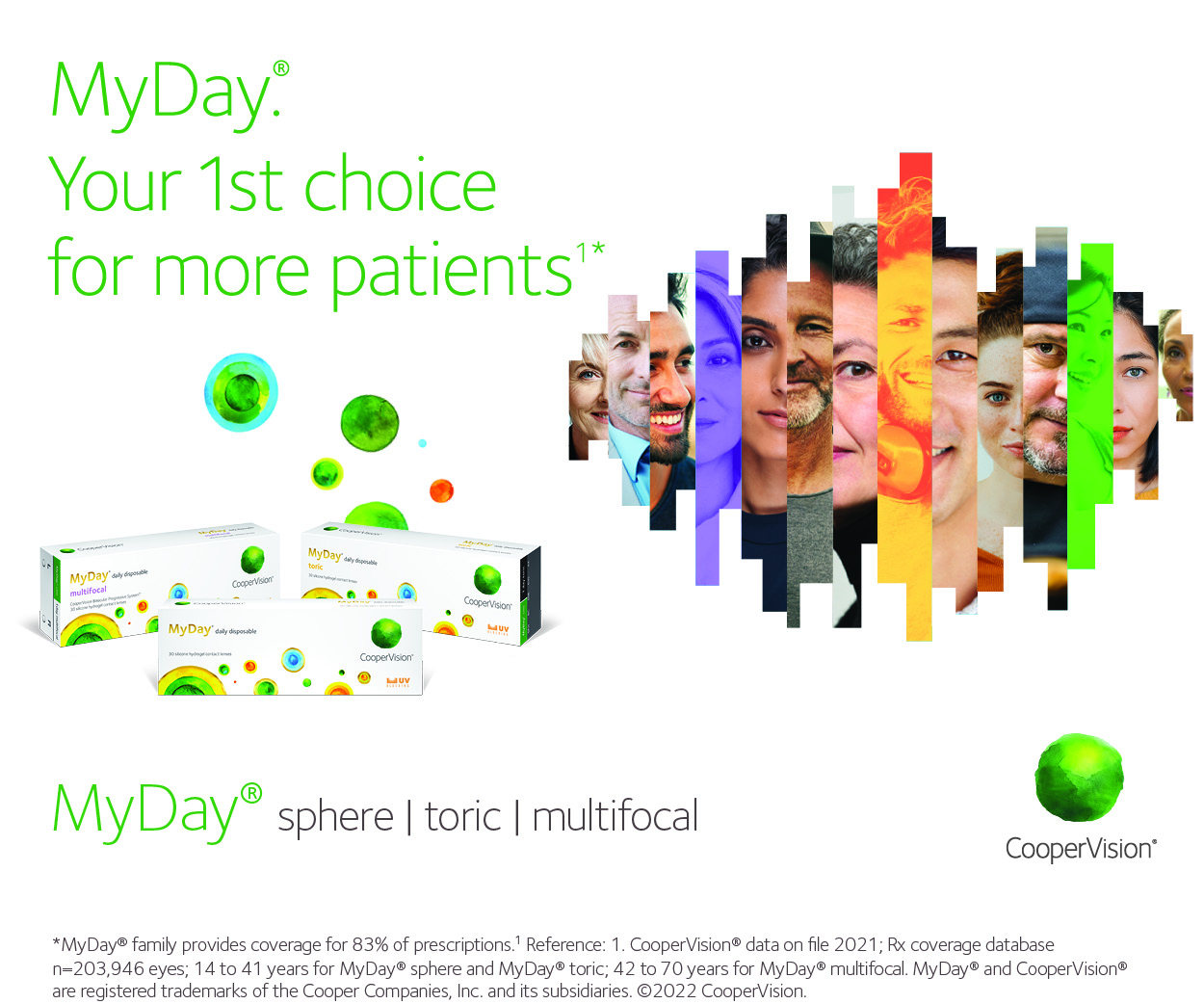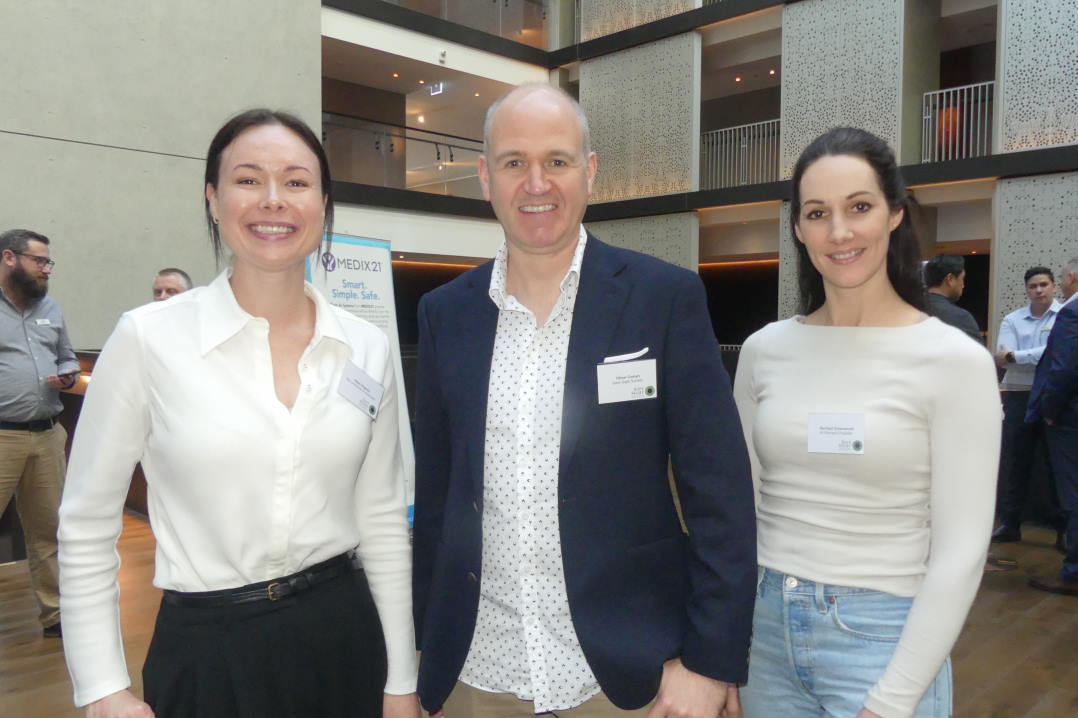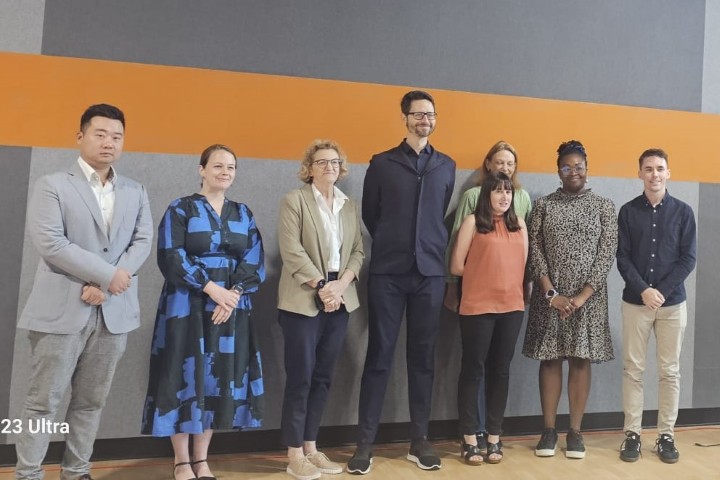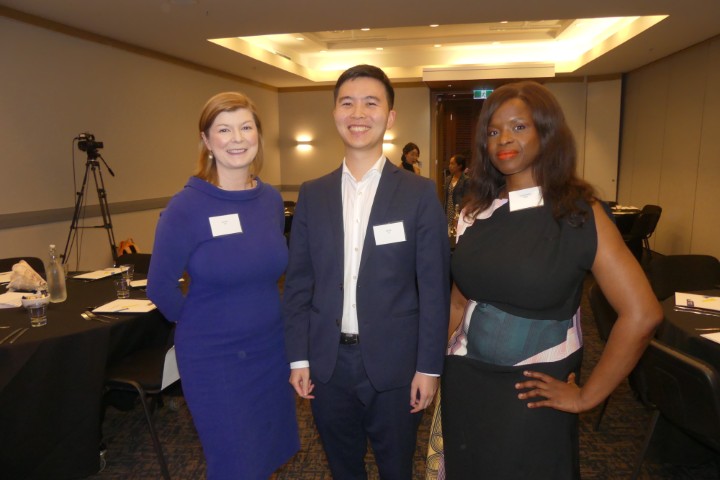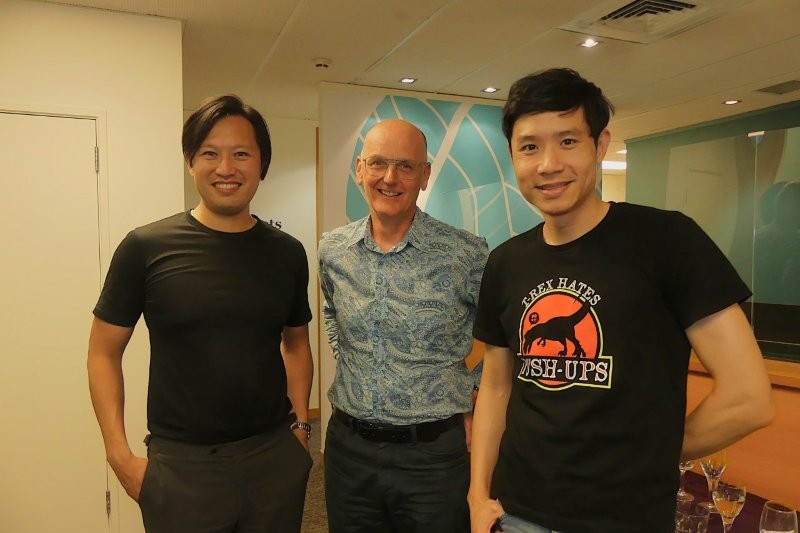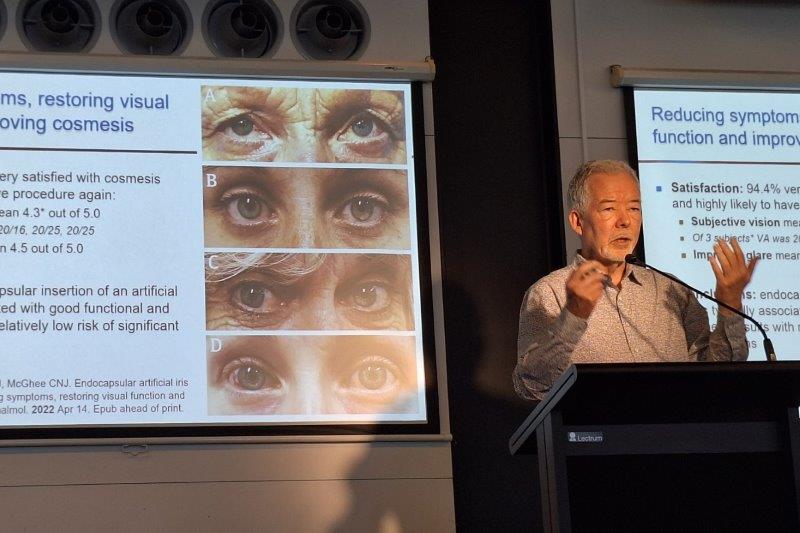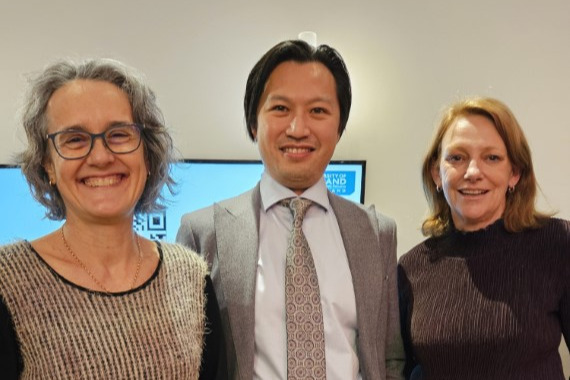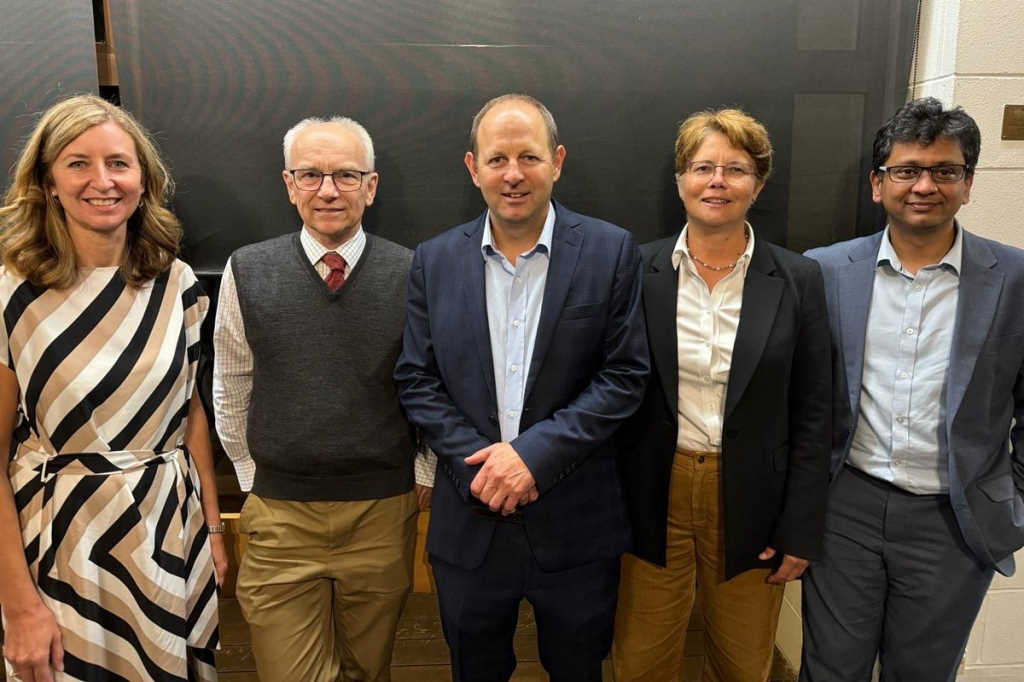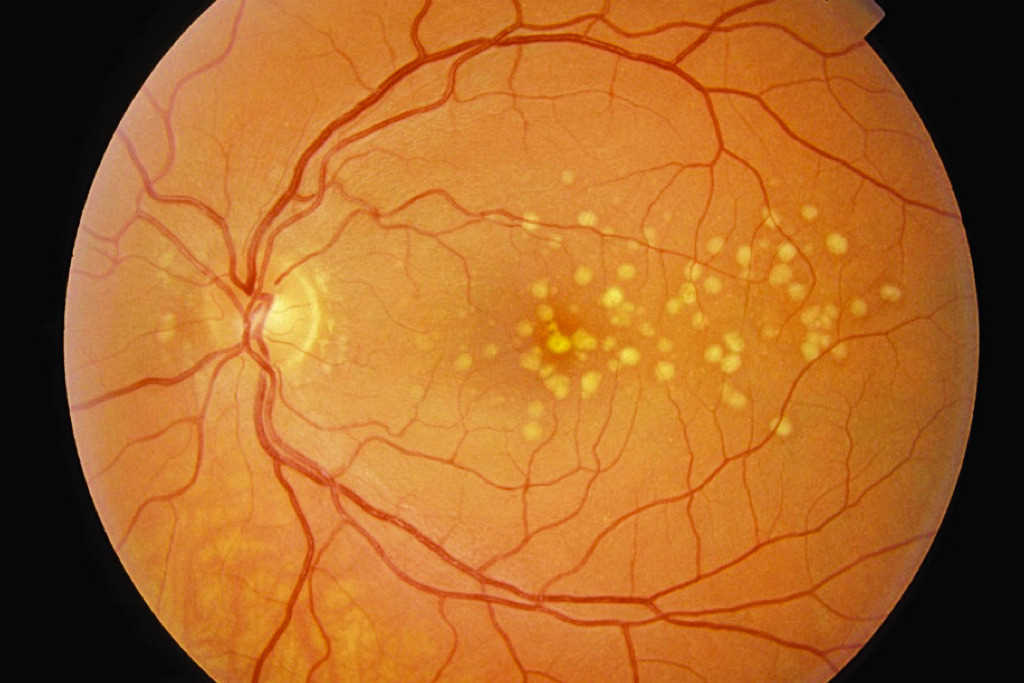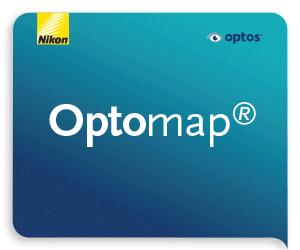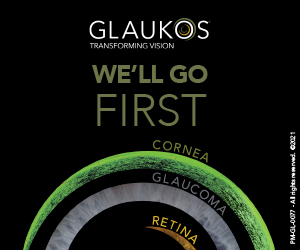Dual-treatment approach offers hope for wet-AMD patients
A US study has revealed why some age-related macular degeneration (AMD) patients don’t respond well to anti-vascular endothelial growth factor (VEGF) treatment, suggesting a new dual-treatment approach to improve vision.
VEGF is a signal protein that stimulates the growth of blood vessels in the retina, leading to bleeding and vision loss. But less than half of patients treated with monthly anti-VEGF injections show any major vision improvements, said researchers from the Johns Hopkins Wilmer Eye Institute.
Published in Proceedings of the National Academy of Sciences, the study found that neovascular AMD (nAMD) patients who don’t respond well to anti-VEGF have an increased protein, ANGPTL4, which can also stimulate the overproduction of abnormal blood vessels.
The researchers compared VEGF and ANGPTL4 levels in the aqueous of 52 patients with nAMD at various stages of anti-VEGF treatment. After treatment, their VEGF levels predictably decreased, yet ANGPTL4 levels rose higher. “What we saw… was a paradoxical increase of ANGPTL4 in patients that received anti-VEGF injections,” said Associate Professor Akrit Sodhi.
Investigating a way to bridge the gap, the team then tested an experimental drug, 32-134D, in mice with nAMD. This drug decreases a third protein, HIF-1, known to switch on VEGF production in nAMD and diabetic retinopathy patients. Results showed a decrease in HIF-1, VEGF and ANGPTL4 levels, and a subsequent decrease in blood vessel overgrowth, they reported. This combination was more effective than either drug alone, A/Prof Sodhi said. “This work exposes a way to improve anti-VEGF therapy for all patients and potentially help a subset of patients with wet AMD who still lose vision over time despite treatment. Our hope is this will… make current therapies as effective as possible, identify new therapies and prevent people from ever getting wet AMD.”





